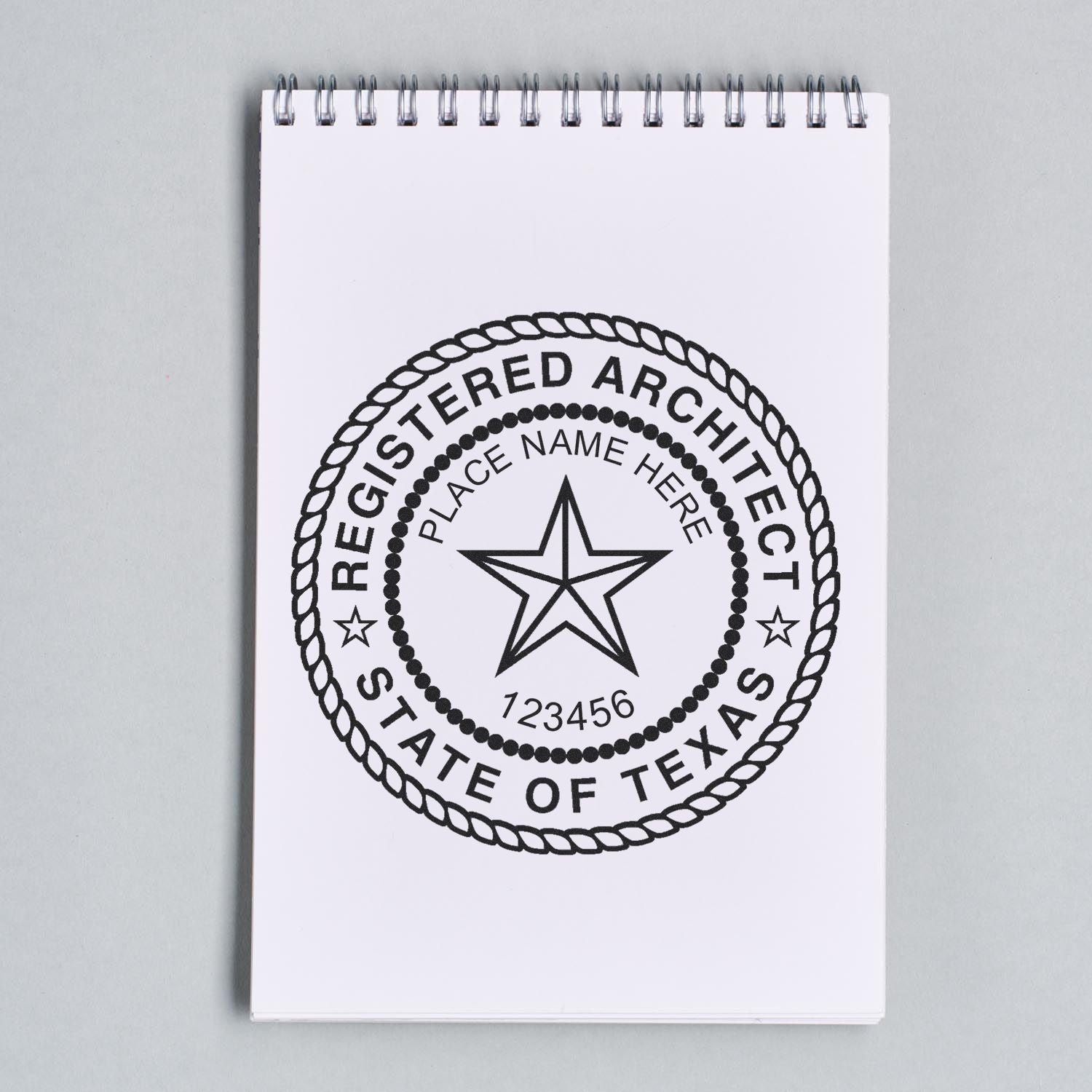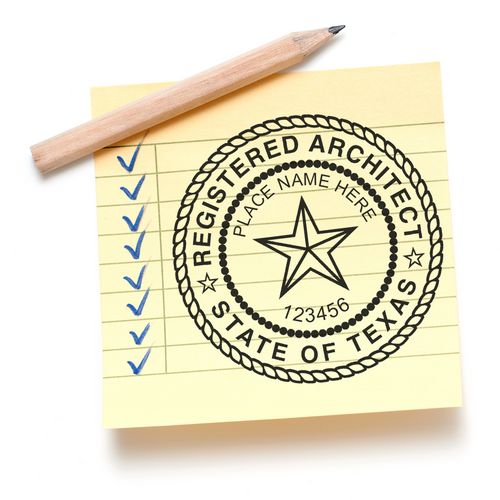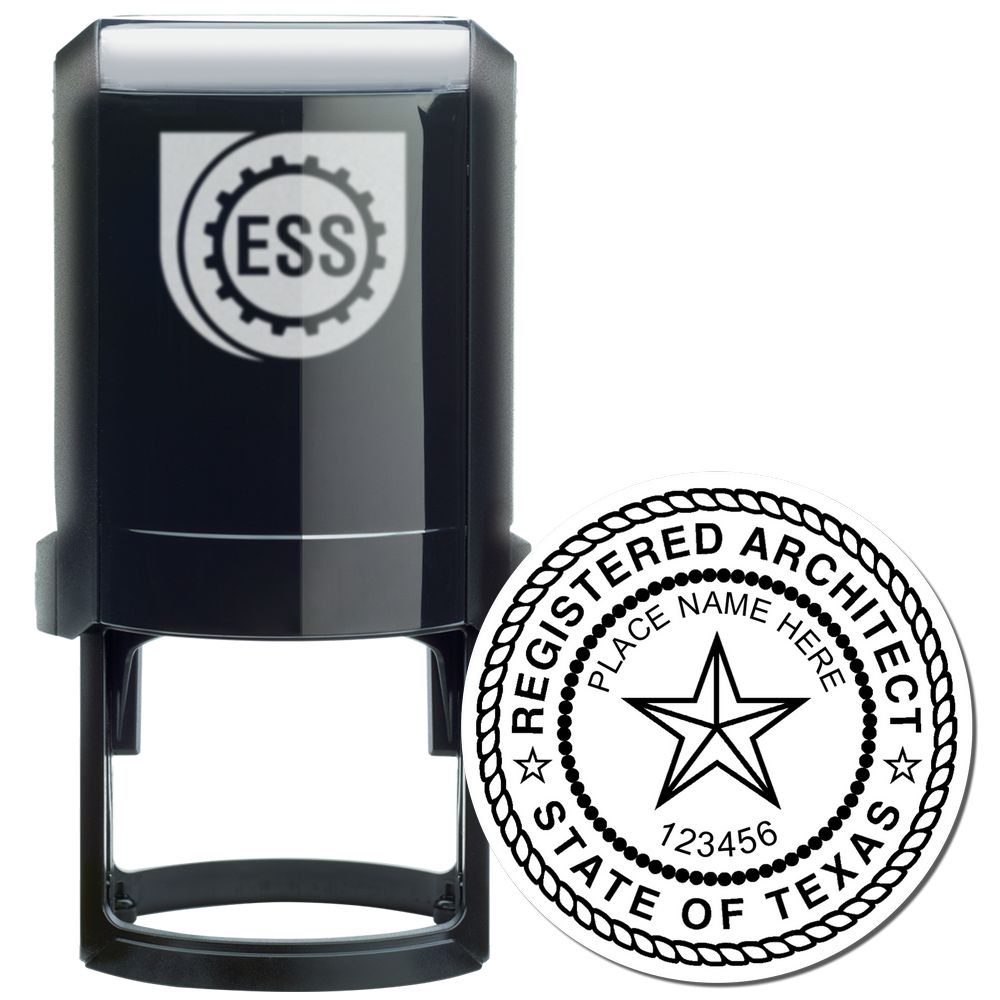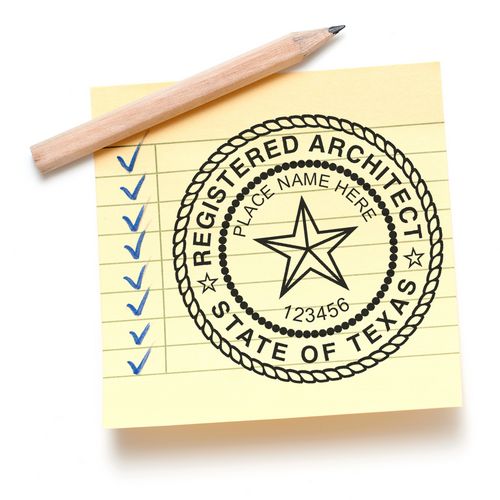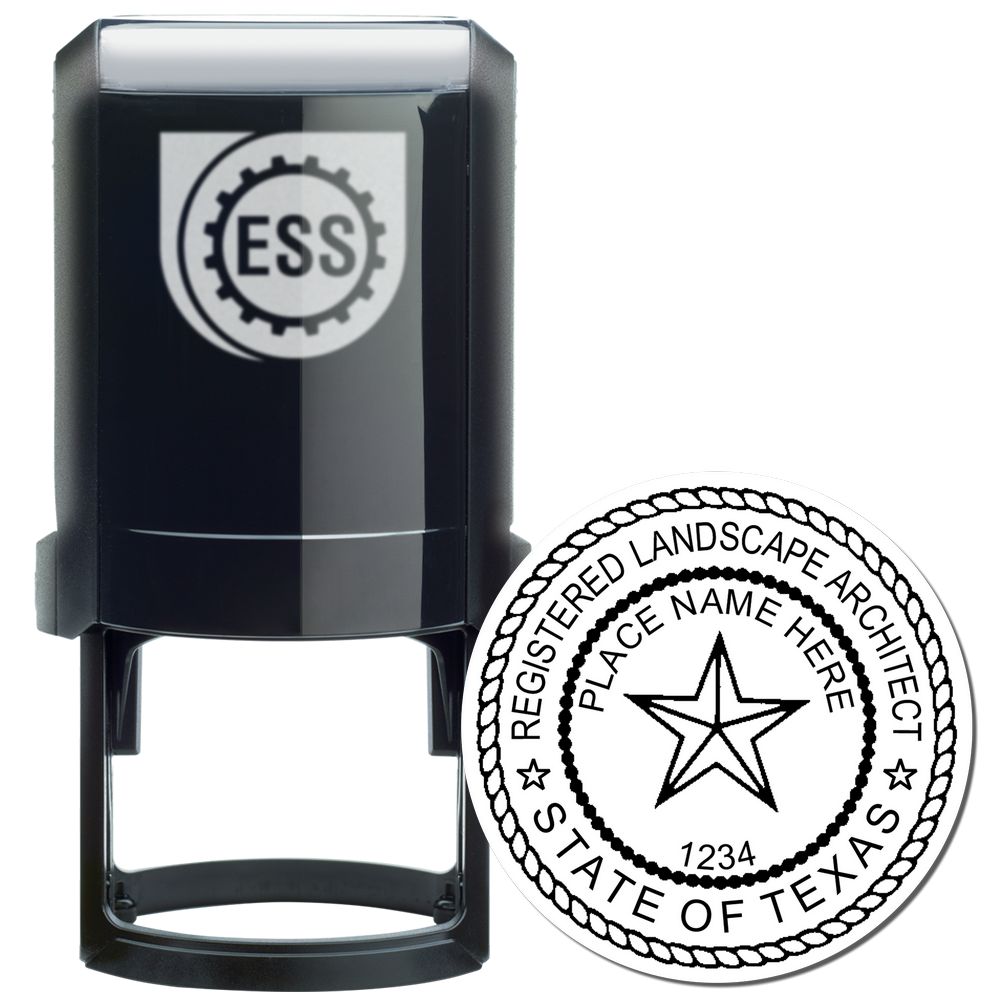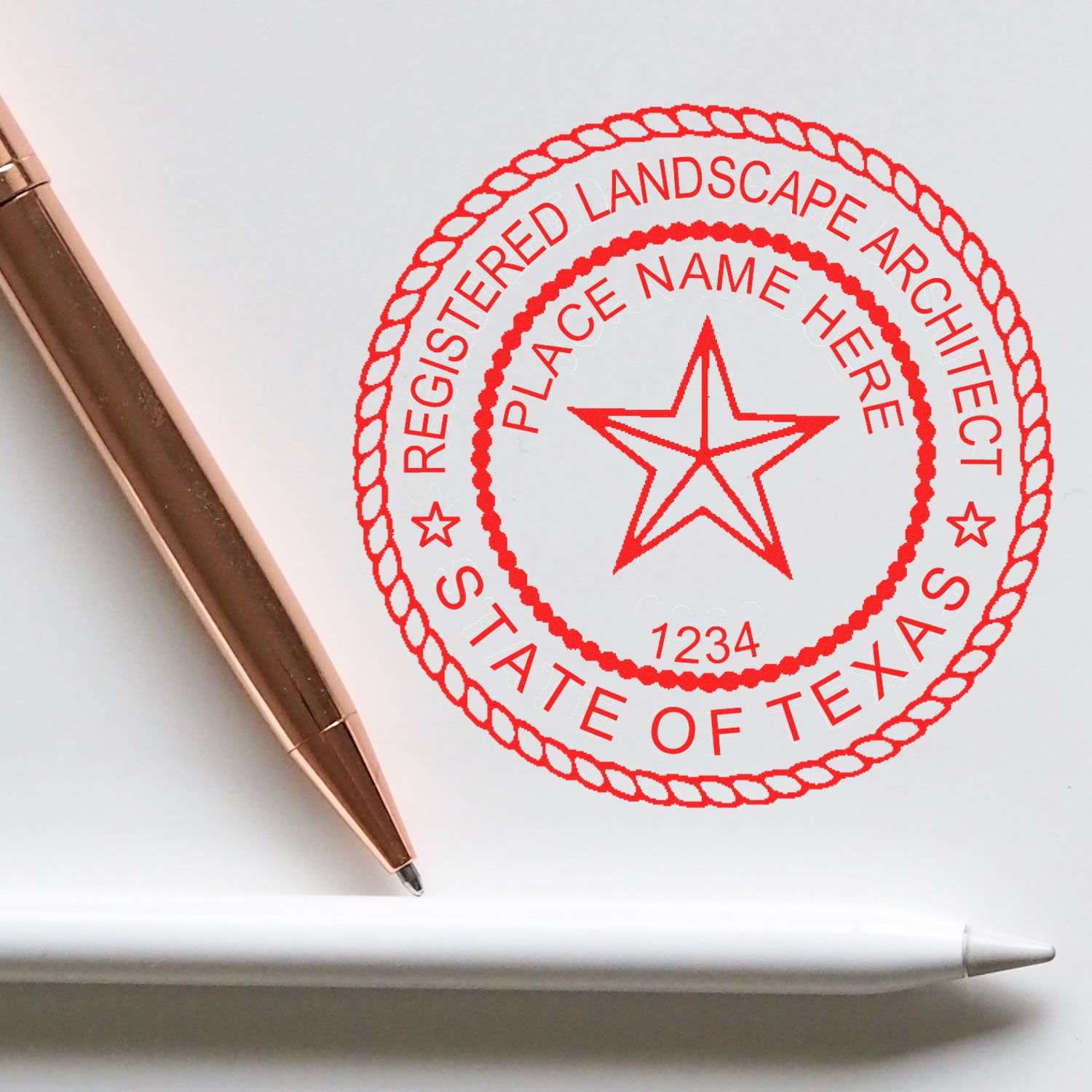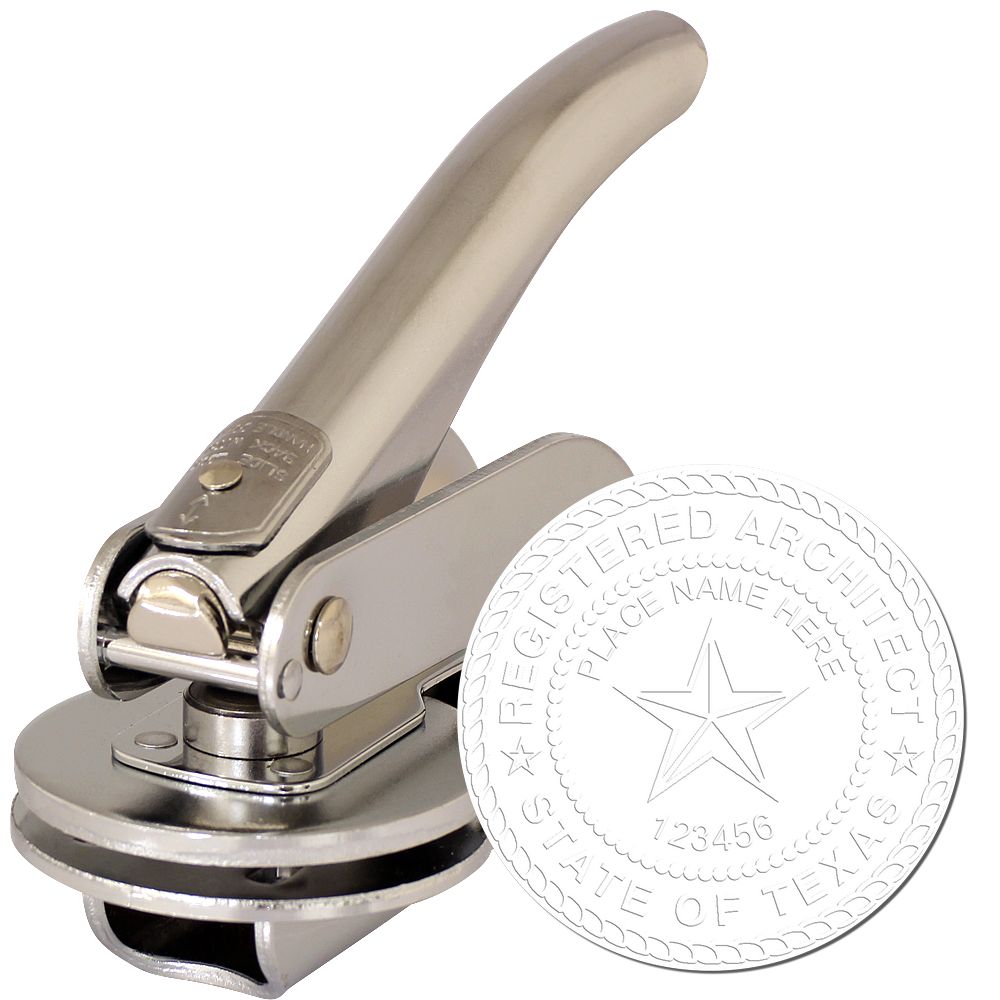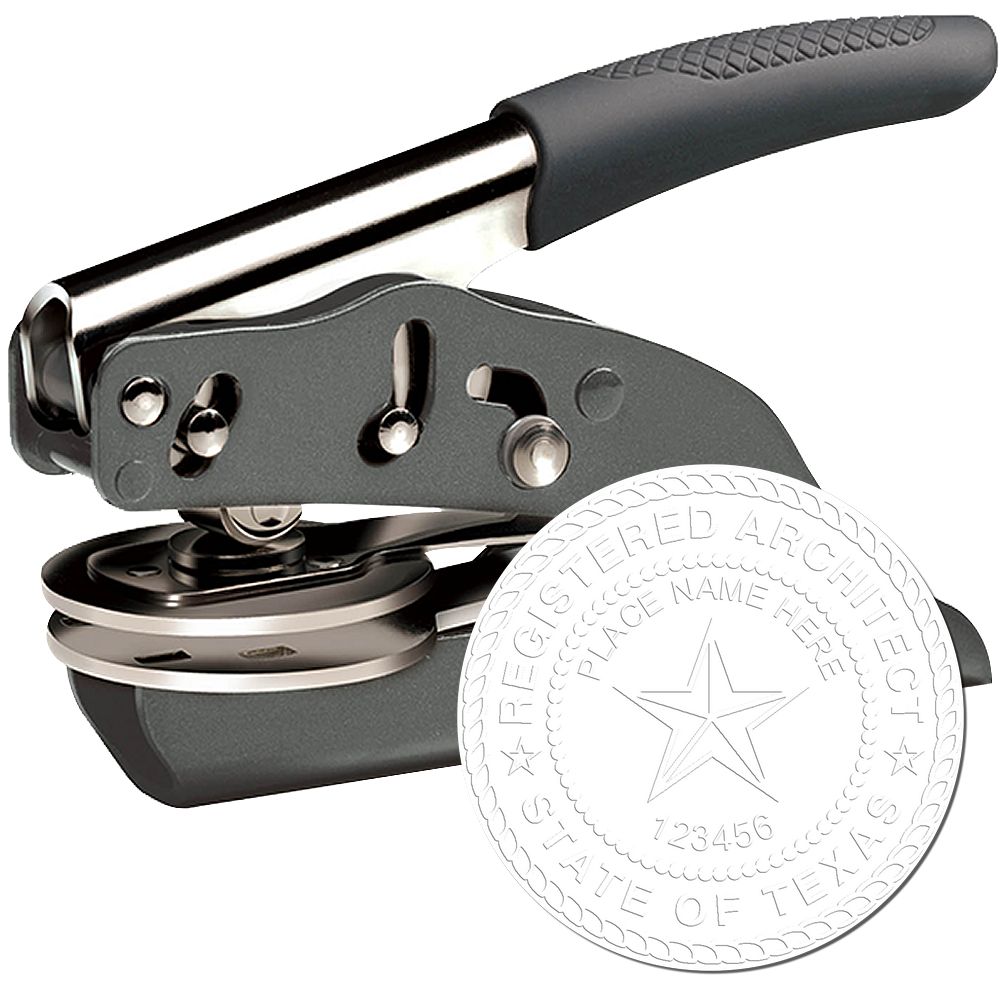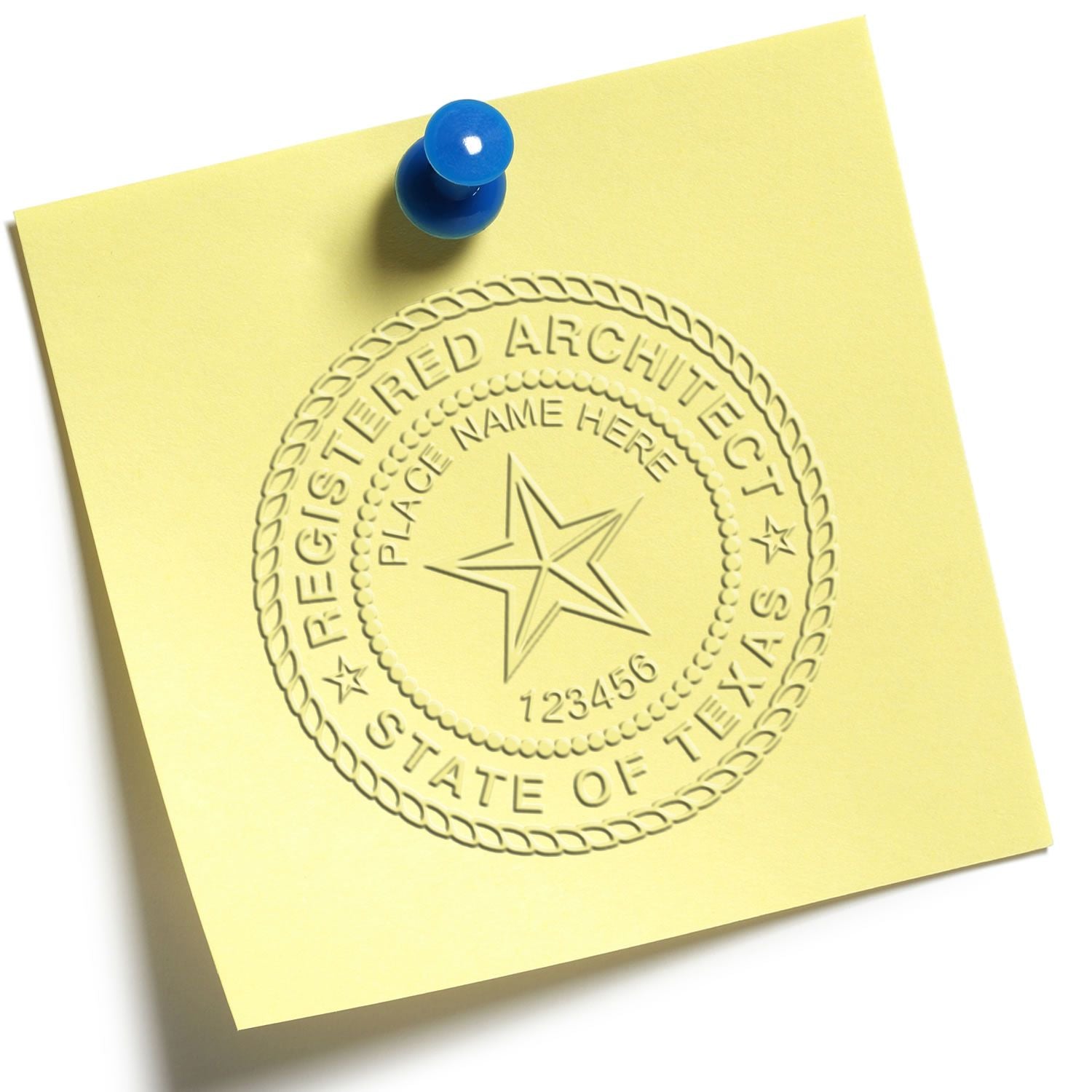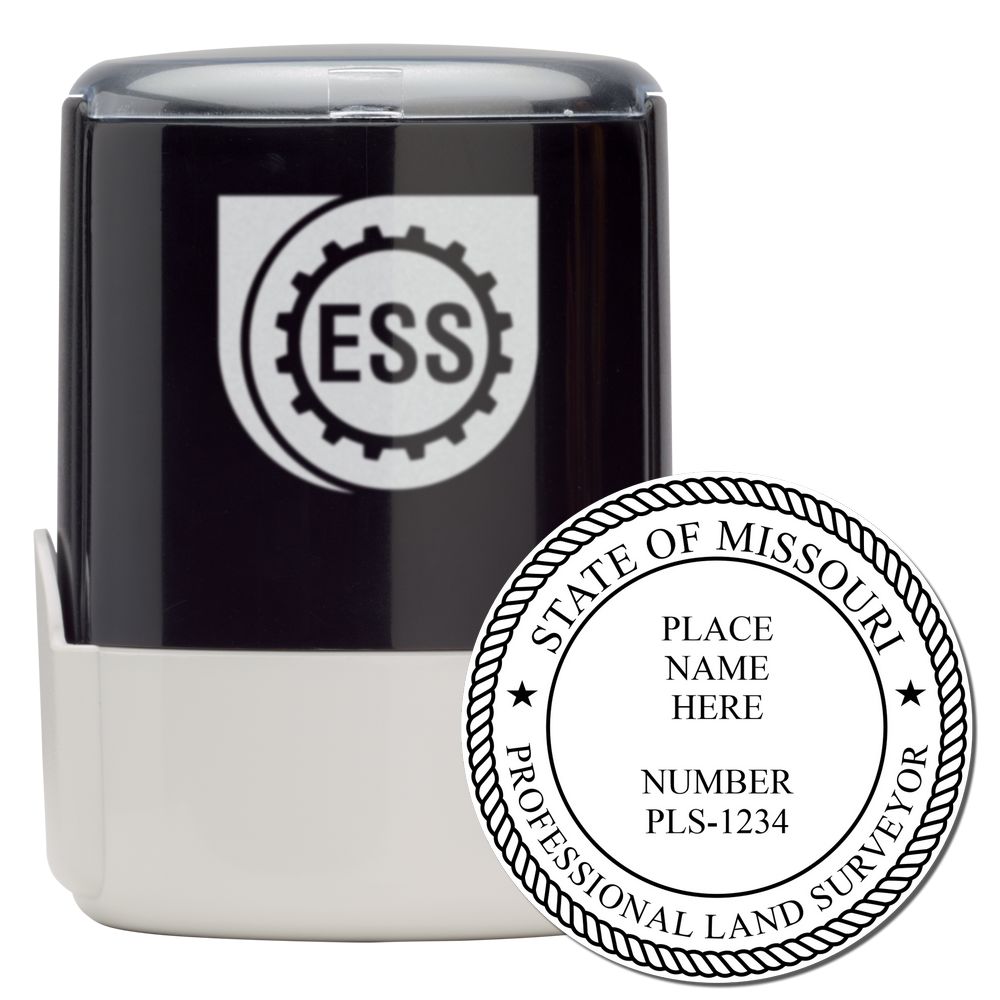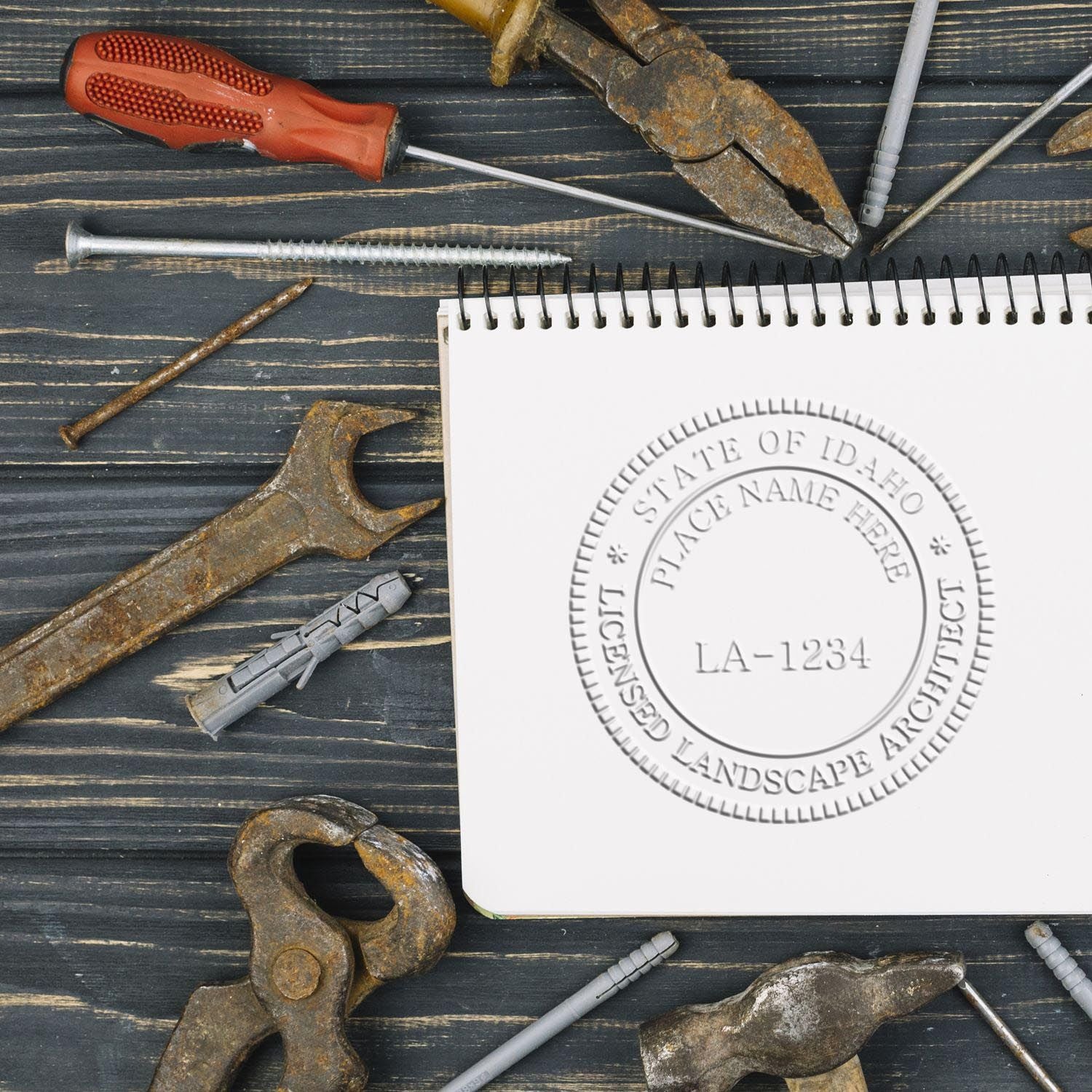The Importance of Architect Seals
Architect seals play a vital role in the architectural practice, serving as a symbol of professionalism, credibility, and legal compliance. In the state of Texas, architect seals are not only significant but also required by law for certain architectural documents and plans.
The Role of Architect Seals in the Architectural Practice
Architect seals serve as an official endorsement of the work produced by architects. When an architect applies their seal to a document, it signifies that they take responsibility for the accuracy, quality, and compliance of that document. This ensures that the architect's work meets the standards set by the architectural profession and regulatory bodies.
Architect seals are typically affixed to various documents, including construction drawings, specifications, and other architectural plans. These seals act as a mark of authenticity and demonstrate that the architect's expertise and professional judgment have been applied to the project. They provide assurance to clients, contractors, and regulatory authorities that the architectural work has been reviewed and approved by a licensed professional.
Legal Requirements for Architect Seals
In Texas, architect seals are not only a professional practice requirement but also a legal requirement. The Texas Board of Architectural Examiners (TBAE) mandates that certain architectural documents must bear the seal of a licensed architect. This requirement helps ensure public safety and protects the interests of clients and the general public.
The TBAE outlines specific guidelines and regulations regarding the use of architect seals in Texas. These guidelines define the size, format, and design of the seal, as well as the information that must accompany it. Architects must adhere to these regulations to maintain compliance with the law.
To learn more about the requirements and regulations for architect seals in Texas, refer to our article on Texas architectural seal requirements. It provides comprehensive information on the legal aspects and guidelines associated with architect seals in the state.
Architect seals play an essential role in the architectural practice in Texas. They signify professionalism, demonstrate compliance with legal requirements, and provide a sense of trust and confidence in the architectural work. By understanding the significance of architect seals and adhering to the legal requirements, architects can elevate their practice and establish themselves as trusted professionals in the industry.
Understanding Texas Architect Seals
To navigate the world of architectural practice in Texas, it's important to have a clear understanding of Texas architect seals. These seals play a critical role in the architectural profession and carry significant purpose and significance within the state.
What Are Texas Architect Seals?
Texas architect seals, also known as architect stamps, are official marks or imprints used by registered architects in the state of Texas. These seals typically include the architect's name, registration number, and other relevant information. When affixed to documents, such as drawings, plans, or specifications, the architect seal signifies that the work has been prepared, reviewed, and approved by a licensed architect.
The Texas architect seal is an essential tool that helps protect the public by ensuring that architectural work meets certain professional standards and regulatory requirements. It is a symbol of credibility and expertise, indicating that the architect responsible for the project has the necessary qualifications and is authorized to practice in Texas.
Purpose and Significance of Texas Architect Seals
The primary purpose of Texas architect seals is to provide a means of identification and authentication for architectural documents. By affixing their seal to a document, architects take responsibility for the accuracy and compliance of the work. This helps establish accountability and instills confidence in clients, building owners, contractors, and regulatory authorities.
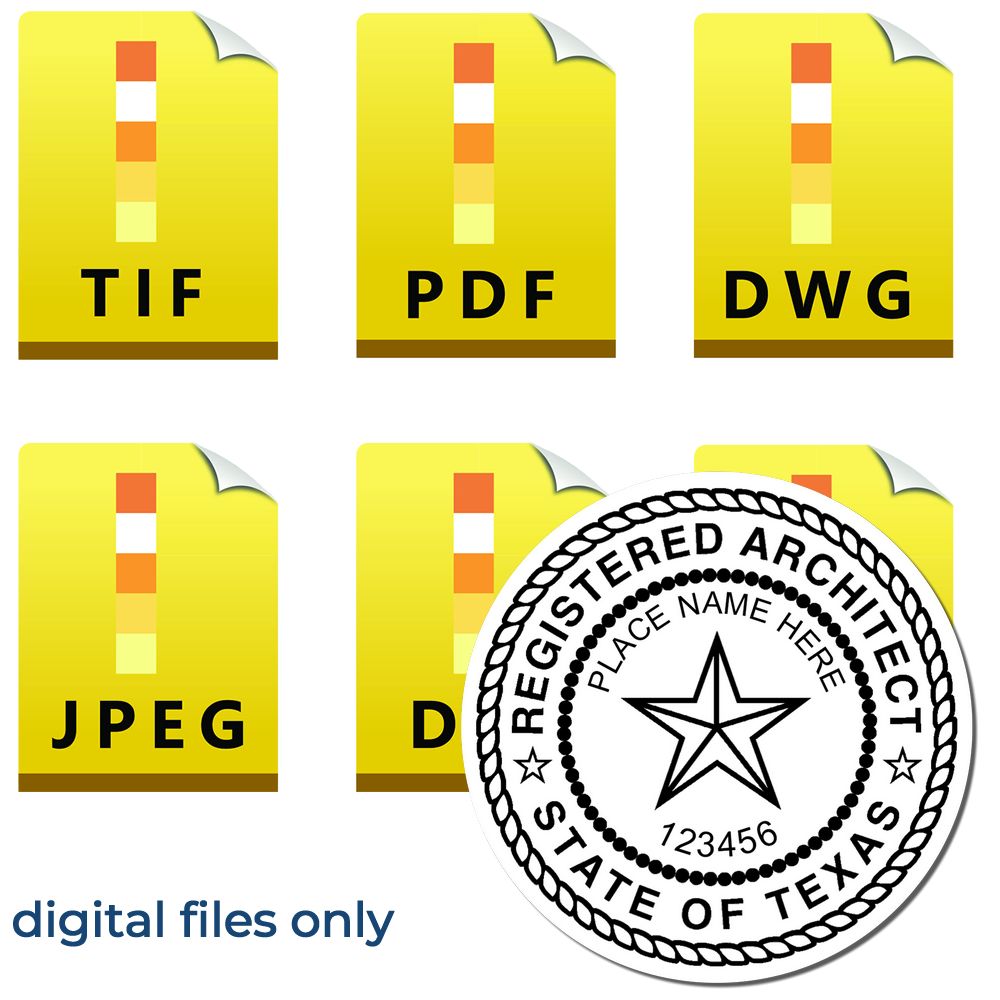
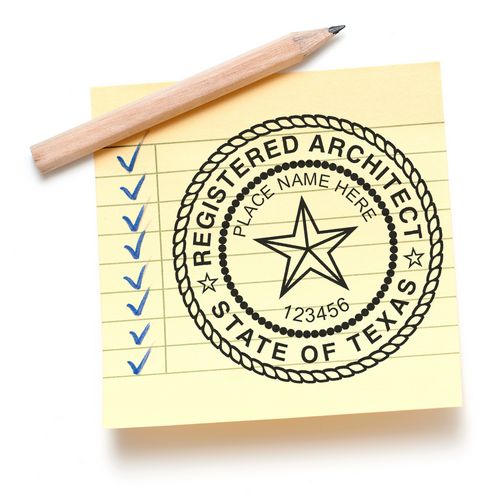

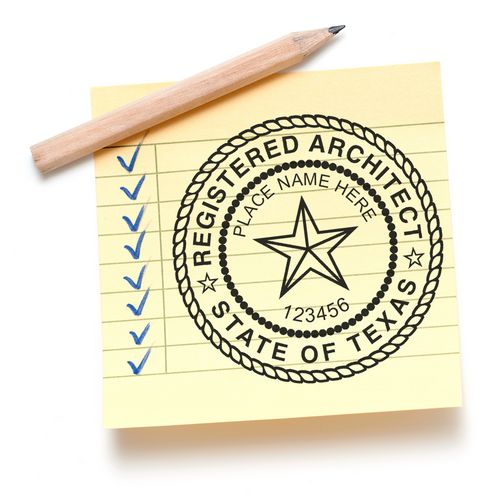
Texas architect seals also serve a crucial role in legal and regulatory compliance. In many jurisdictions, including Texas, the use of an architect seal is a legal requirement for certain types of architectural work. It ensures that projects adhere to building codes, zoning regulations, and other applicable laws. By complying with these regulations, architects help protect public safety and welfare.
It's important to note that the design and specifications of Texas architect seals are subject to specific regulations and guidelines established by the Texas Board of Architectural Examiners. These regulations govern the size, format, and content of the seal, ensuring consistency and uniformity across the profession. For more information on the requirements and guidelines for Texas architect seals, refer to our article on texas architectural seal requirements.
Understanding the purpose and significance of Texas architect seals is essential for architects practicing in the state. By using these seals appropriately, architects can demonstrate their professionalism, comply with legal and regulatory requirements, and provide confidence to clients and stakeholders in their architectural work.
Different Types of Texas Architect Seals
In the state of Texas, there are different types of architect seals that serve specific purposes and fulfill various requirements. Understanding the distinctions between these seals is essential for architects practicing in Texas. The three main types of architect seals in Texas are Registered Architect Seals, Architect Firm Seals, and Specialized Seals (if applicable).
Registered Architect Seals
The Registered Architect Seal is an official stamp or seal that identifies an individual architect as a registered professional in the state of Texas. This seal represents the architect's legal authority to practice architecture and signifies their expertise and qualifications. Registered Architect Seals typically include the architect's name, registration number, and the words "Registered Architect" or "Architect, State of Texas."
Architect Firm Seals
Architect Firm Seals are used to authenticate documents and drawings issued by architectural firms in Texas. These seals are essential for indicating that the work produced by the firm has been prepared under the responsible control of a registered architect or architects. Architect Firm Seals typically include the firm's name, registration number, and the words "Architectural Firm, State of Texas."
Specialized Seals (if applicable)
In certain cases, architects in Texas may also use specialized seals to denote their expertise in a specific field or area of architectural practice. These specialized seals are additional to the Registered Architect Seal and are used to highlight the architect's specialized knowledge and qualifications. For example, an architect specializing in historic preservation may have a specialized seal specifically for projects related to historic buildings. The design and content of specialized seals may vary depending on the architect's area of specialization.
It's important for architects to ensure that their seals comply with the Texas Architectural Seal Requirements and all relevant regulations. Adhering to these requirements guarantees that the architect's seals are legally valid and recognized. For detailed information on the specific design guidelines and regulations for Texas architect seals, refer to our article on Texas Architect Seal Design.
Understanding the different types of Texas architect seals and their purposes is crucial for architects practicing in the state. By obtaining the appropriate seals and using them correctly, architects can demonstrate their professional qualifications, comply with legal requirements, and maintain the integrity of their architectural practice.
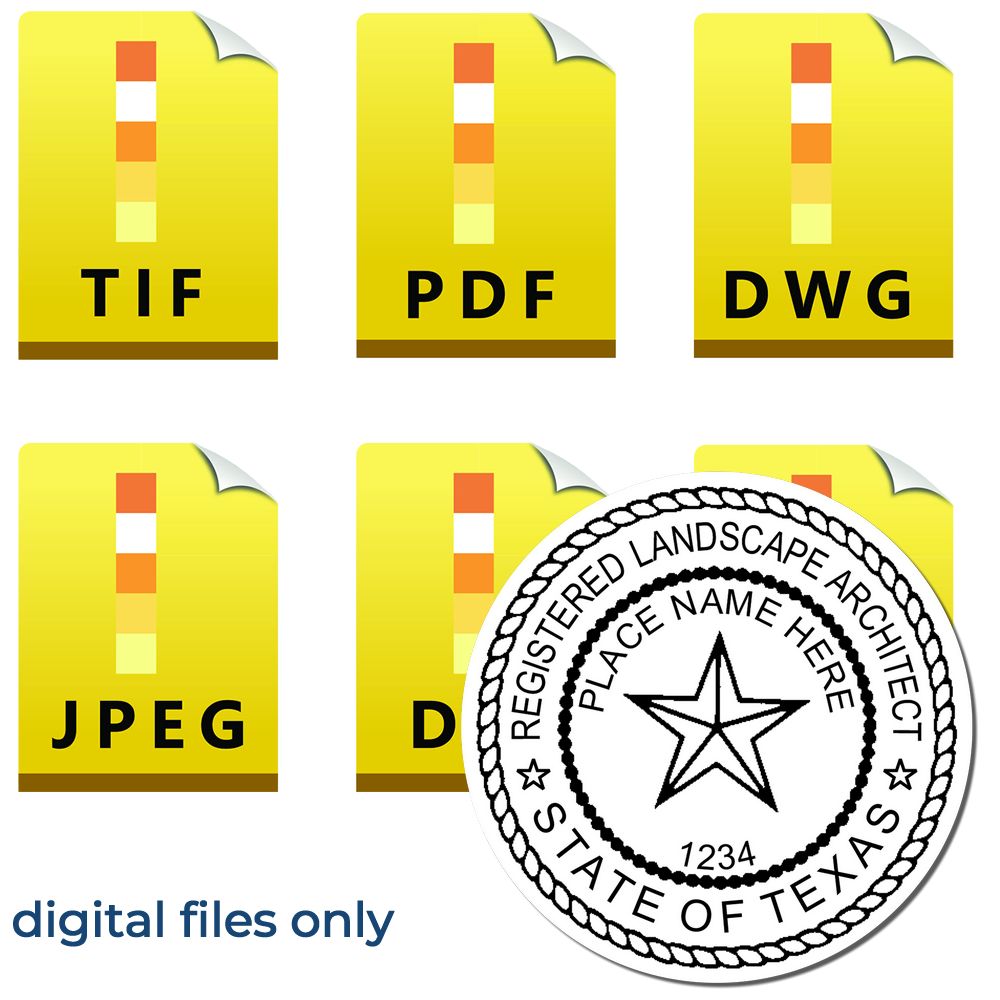


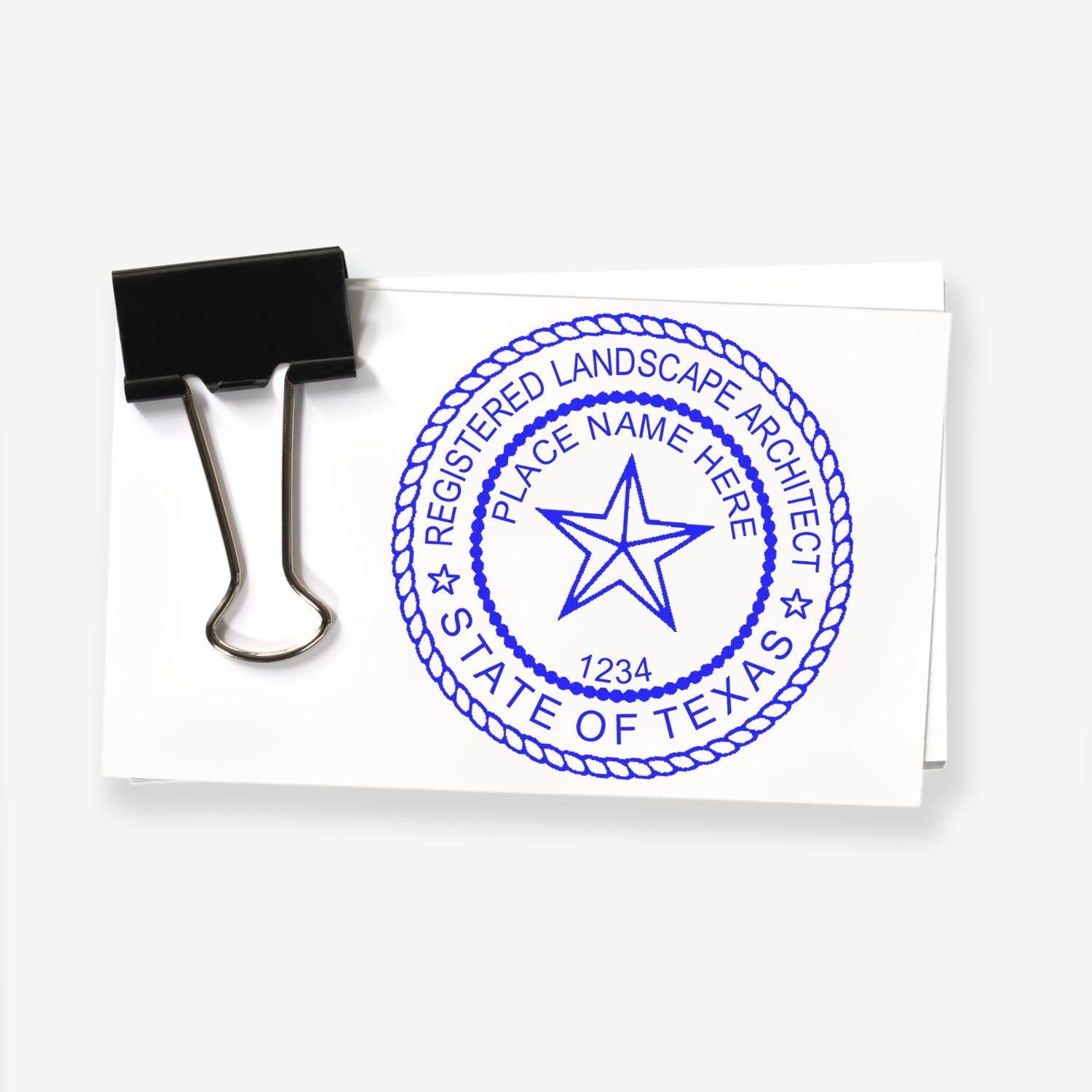
How to Obtain a Texas Architect Seal
To legally practice architecture in the state of Texas, architects must obtain a Texas Architect Seal. This seal serves as a professional identifier and signifies that an architect is registered and authorized to practice in the state. Here, we will discuss the licensing and certification requirements as well as the application process for obtaining a Texas Architect Seal.
Licensing and Certification Requirements
Before applying for a Texas Architect Seal, architects must meet certain licensing and certification requirements set by the Texas Board of Architectural Examiners (TBAE). These requirements ensure that architects have the necessary qualifications and knowledge to practice architecture in the state.
To become eligible for licensure, individuals must typically complete a professional degree in architecture from an accredited institution and gain relevant work experience through an internship or an apprenticeship program. The TBAE also requires architects to pass the Architect Registration Examination (ARE), a comprehensive assessment of an architect's knowledge and skills in various areas of architecture.
Additionally, architects must fulfill the TBAE's requirements for continuing education, which involves completing a certain number of professional development hours to stay up to date with advancements in the field. These continuing education requirements contribute to the ongoing professional growth and development of architects.
Application Process for Texas Architect Seals
Once architects have met the licensing and certification requirements, they can proceed with the application process for obtaining a Texas Architect Seal. The process involves submitting the necessary documents and fees to the TBAE.
Architects must complete the official application form provided by the TBAE, which requires information such as personal details, education history, work experience, and references. Along with the application form, architects typically need to submit supporting documents, including transcripts from their architectural degree program, proof of completion of the ARE, and documentation of work experience.
Architects will also need to pay the required fees as outlined by the TBAE. These fees cover the processing of the application and the issuance of the Texas Architect Seal.
It's important for architects to carefully review the application requirements and guidelines provided by the TBAE to ensure that all necessary information and documentation are included. For more detailed information on the design and requirements of the Texas Architect Seal, refer to our article on Texas architect seal design.
By fulfilling the licensing and certification requirements and completing the application process, architects can obtain their Texas Architect Seal and begin practicing architecture in the state of Texas. It's crucial for architects to stay informed about any updates or changes in the licensing and certification process by referring to the TBAE's official website and guidelines.
Maintaining and Renewing Texas Architect Seals
Once you have obtained your Texas architect seal, it is essential to understand the requirements for maintaining and renewing it. This ensures that you can continue practicing architecture in Texas while adhering to the necessary regulations and staying up-to-date with your professional development.
Continuing Education Requirements
As a licensed architect in Texas, you are required to participate in continuing education (CE) activities to maintain your professional competence. The Texas Board of Architectural Examiners (TBAE) mandates that architects complete a specific number of continuing education hours during each renewal period.
The current CE requirement in Texas is 12 hours of continuing education annually, with at least one hour dedicated to professional ethics. These hours can be obtained through various activities, such as seminars, workshops, conferences, online courses, and educational programs relevant to the practice of architecture.


It is important to ensure that the continuing education courses you take are approved by the TBAE. This ensures that the content meets the required standards and contributes to your professional growth. You can find a list of approved courses on the TBAE website or from other recognized educational providers.
Renewal Process for Texas Architect Seals
Renewing your Texas architect seal is a crucial step to maintain your active licensure and legal authorization to practice architecture in the state. The renewal process typically occurs every two years and involves submitting an application to the TBAE along with the required fees.
To successfully renew your Texas architect seal, you must ensure that you meet the following requirements:
-
Completion of Continuing Education: As mentioned earlier, you need to fulfill the designated number of continuing education hours and provide proof of completion with your renewal application.
-
No Disciplinary Actions: Your renewal application may be denied if you have any disciplinary actions pending or unresolved. It is important to address any professional or ethical issues promptly to maintain a clean record.
-
Timely Submission: Submit your renewal application and fees before the expiration of your current architect seal. Late submissions may result in additional fees or the need to meet additional requirements.
-
Application Review: Once the TBAE receives your renewal application, they will review it for completeness and compliance. They may request additional documentation if necessary.
-
Renewal Confirmation: If your renewal application is approved, you will receive confirmation of your renewed Texas architect seal. It is important to keep a copy of this confirmation for your records and display your updated seal on your architectural documents as required by the TBAE.
By fulfilling the continuing education requirements and completing the renewal process in a timely manner, you can maintain an active Texas architect seal and continue practicing architecture within the state. If you are looking for more information on the design and guidelines of a Texas architect seal, check out our article on texas architect seal design.
About ESS
At Engineer Seal Stamps (ESS), we take pride in being the leading makers of high-quality rubber stamps, professional seals, and notary stamps. Our commitment to excellence is reflected in the state board guarantee that backs all our products. With ESS, you can be confident that you are getting the best of the best when it comes to stamping and sealing products.
Our team of experts will work closely with you to create customized rubber stamps and seals that meet your specific needs, whether you are an architect, engineer, surveyor, or other professional. We understand that time is of the essence in your line of work, which is why we offer a quick turnaround on all our products. ESS is also incredibly versatile, we cater to a broad range of industries, from oil and gas to healthcare, government, and education. When it comes to quality, our products speak for themselves. All our rubber stamps and seals are made using high-grade materials, ensuring that they will last you for years to come. Our stamping and sealing products are also designed to deliver crisp and clear impressions every time, so you can always be sure that your documents look professional and presentable.
At ESS, we are committed to providing our customers with stellar customer service, and we go above and beyond to ensure your satisfaction. Whether you need a customized rubber stamp, professional seal, or notary stamp, ESS is the trusted partner you can rely on for all your stamping and sealing needs.

